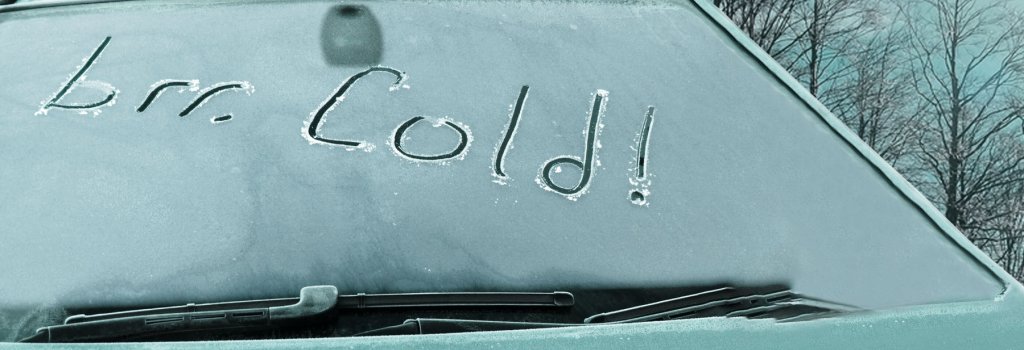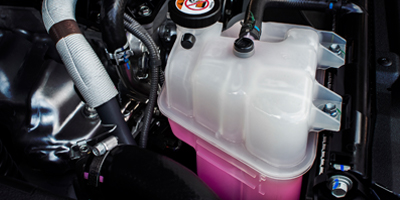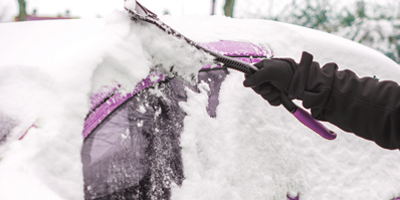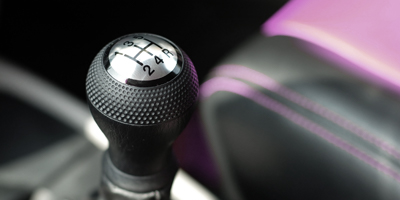If there’s ice and snow, here’s what’s handy to know

If there’s ice and snow, here’s what’s handy to know
Check your routes ✔ Check the weather ✔ Check your car ✔
1. Allow extra time as you’ll need to drive slower than usual.
2. Sign up for weather warnings and alerts from the Met Office.
3. Check all your tyres (including the spare) for pressure and tread depth (many vehicle manufacturers recommend tread depth should be at least 3mm - the legal minimum is 1.6mm).
4. Make sure there’s antifreeze in your coolant reservoir and your windscreen washer bottle’s topped up.

Got de-icer and a scraper?
The best way to remove ice from your windows is with de-icer and a scraper. Using anything else (like a credit card) could leave nasty scratches. And don’t be tempted to use hot water to melt ice on your windscreen as it could crack your windscreen.
If your car roof’s heaped with snow, give it the heave-ho
Before you drive off, get rid of any snow on your roof, windows and lights (legally, you’ve got to have unobstructed views while driving). If you have to brake suddenly while driving, any snow left on the roof could drop onto your windscreen (obscuring your view). Or it could drop off the back without warning (into the path of another car).

Have an emergency bag to hand just in case
You should pack a torch, blanket, spare clothes, water, food, a warning triangle, a spade, a high-visibility vest and any essential medication.
Gears are super-handy in the snow
Always drive in the highest gear you can (to avoid spinning your wheels) and keep an eye on your speed. If you happen to get stuck in snow, put your car into a high gear and slowly manouevre forwards and backwards to get yourself out.

Dipped headlights are a bright idea
When snow causes poor visibility (less than 100m according to the Highway Code), dipped headlights cause a lot less glare than fog lights or full beams. If you do need to use the latter however, switch back to dipped lights as soon as you can so as not to dazzle anyone.
Whatever happens, keep calm
If you get into problems on an icy road, stay as calm as possible. Brake gently to avoid the wheels locking, move into a lower gear and allow your car to slow gradually. When cornering, steer very gently to avoid skidding.
If you begin to skid, try not to panic
This might be easier said than done, but the key thing to remember is to never brake harshly. Instead, just take your foot off the accelerator and carefully steer into the direction of the skid until you have the car back under control.
Leave 10 car lengths between you and what’s in front
That’s because in icy conditions your stopping distance will increase massively. Braking harshly is also a big no-no and incredibly dangerous as you could skid. Here’s the RAC’s advice on stopping distances.
If you’re insured with us, make a note of our Claims Team’s number
For accidents involving another car - to make a claim, please call 0345 604 3570. For accidents involving only your car - you can make a claim quickly and easily in

Be prepared for when it hammers down
The last thing you want to find after a storm is your barbeques fallen over and broken a chair, or the trampoline’s now next door.

Rain on the roads? Our tips could help you loads
3 things it’s well worth checking before you head anywhere – the weather, the traffic and alternative routes.
